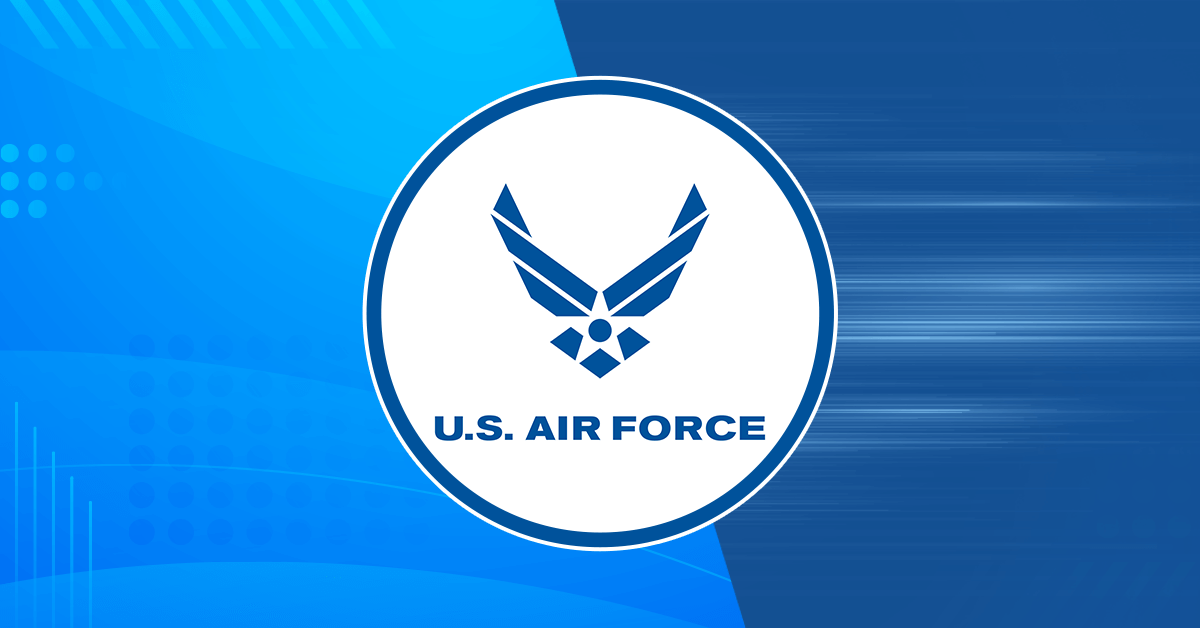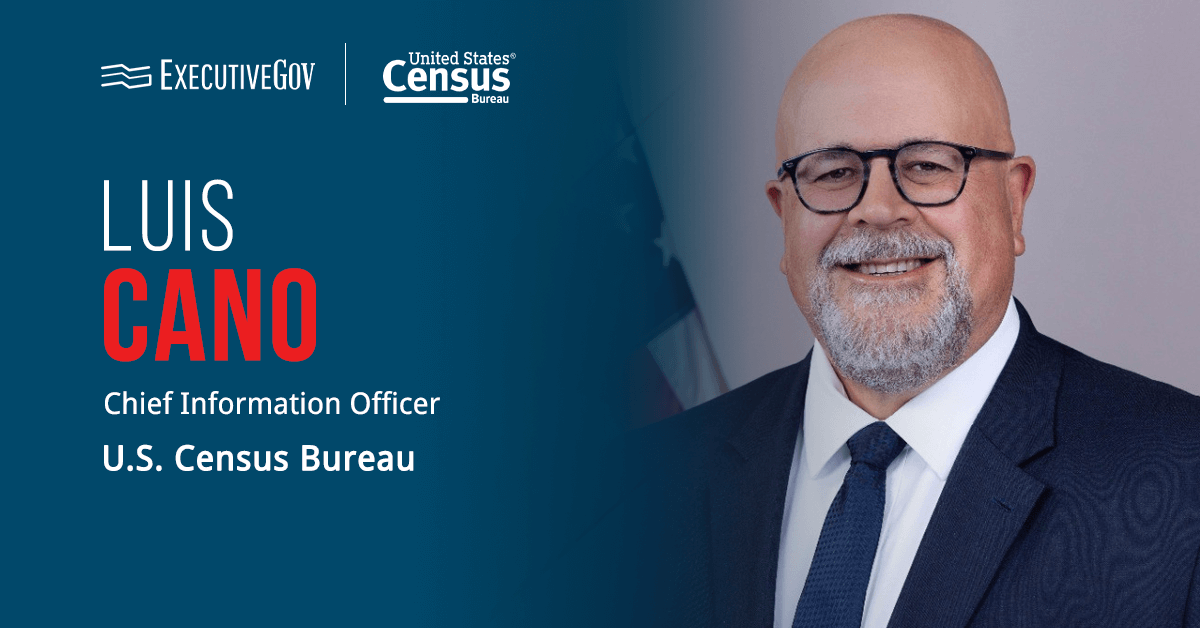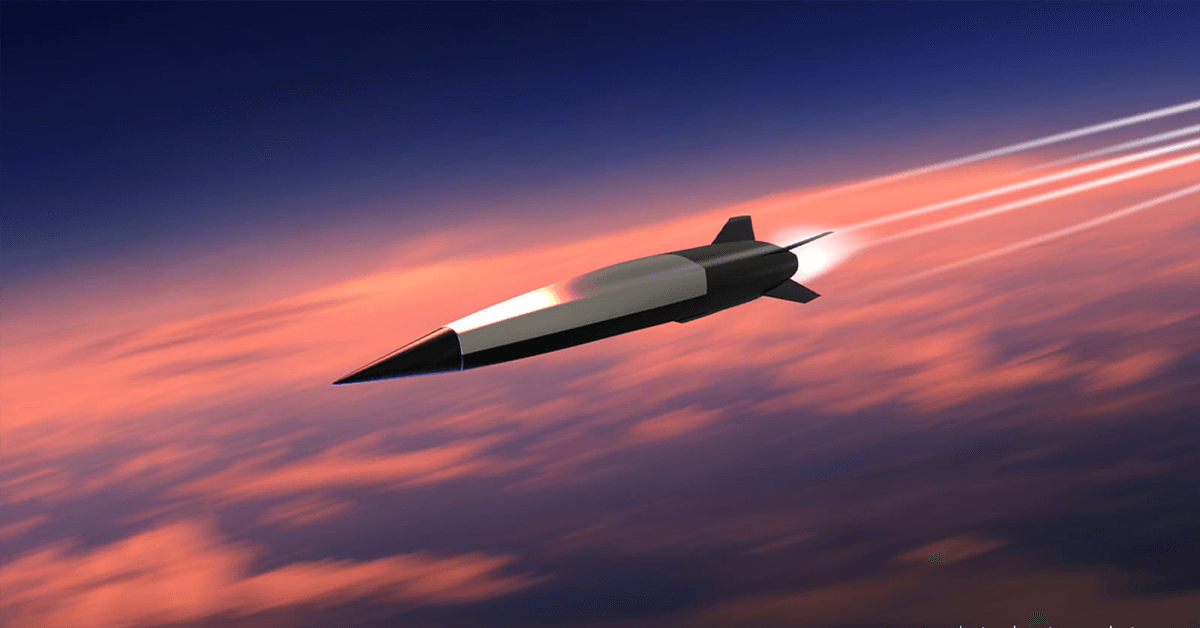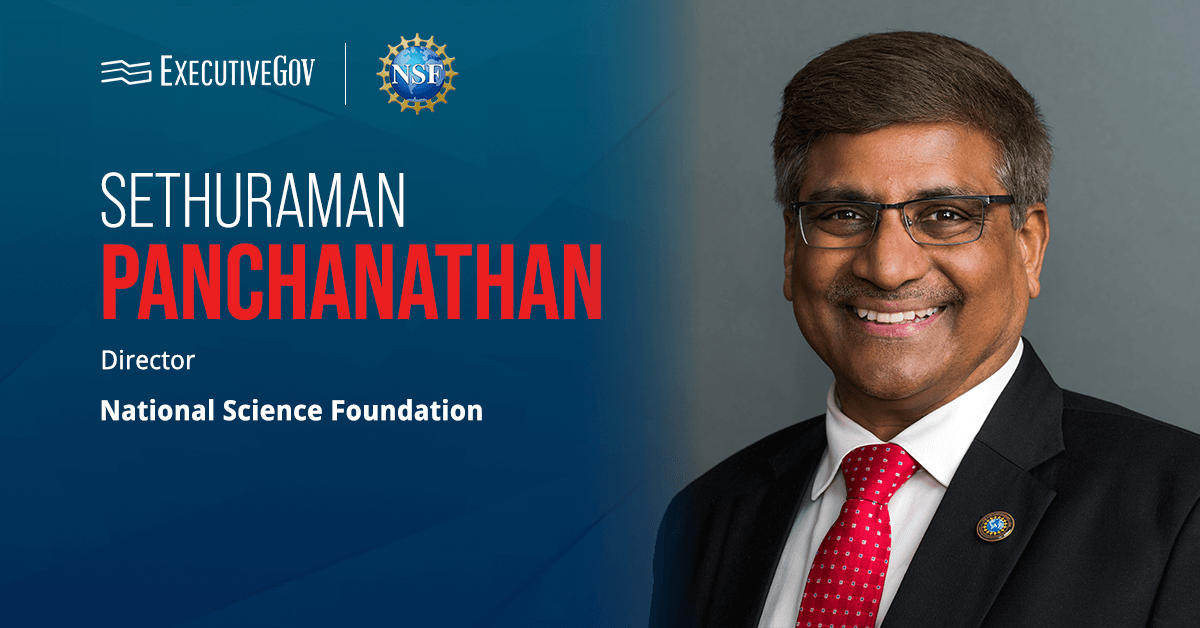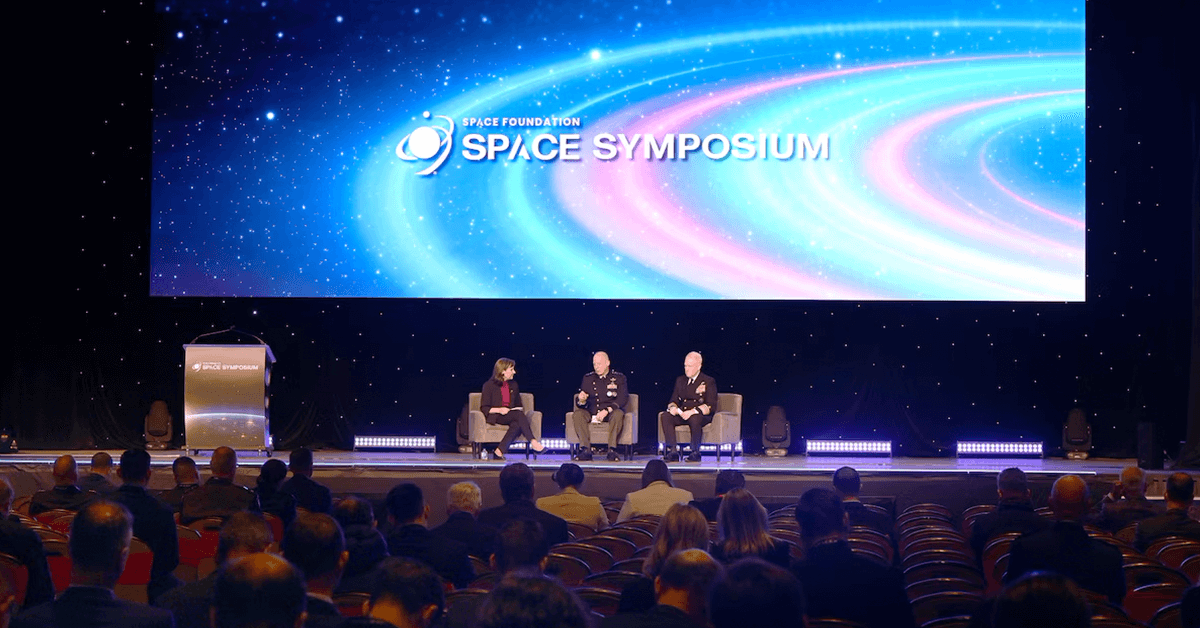The U.S. Air Force has published a new resource to guide airmen amid the growing use of artificial intelligence for national defense. Published Thursday, Air Force Doctrine Note 25-1 provides service members guidance on AI, including its benefits and limits.
The doctrine supports previously issued USAF and DOD AI strategies. According to the Air Force, Doctrine Note 25-1 is meant to bridge existing policies and upcoming operational needs.
The document was developed using various sources, including joint and service policy and strategies, academic and industry papers, public law, and input from subject matter experts.
Table of Contents
Air Force’s Guidance for AI Implementation
One of the sections covered in the doctrine is a discussion on human-machine teaming. According to the document, AI will augment airman performance and will be involved in executing Air Force objectives.
AI can accelerate and enhance operational decisions by quickly processing large troves of data. But the doctrine also warns that advanced technology does not have context sensitivity and reasoning. For some AI-enabled processes, especially in high-risk situations, human judgment will be required.
Considerations Before Employing AI
The doctrine also provides a guide for assessing when and how to employ AI to solve Air Force challenges. The section emphasized the importance of data quality to ensure effective use of the technology. Doctrine Note 25-1 warned that the performance of an AI platform hinges on the quality of the data used for training and testing.
The doctrine also noted that workforce and subject matter experts must also be considered. AI literacy goes beyond just basic understanding of the technology. The document encourages military leaders to recruit, develop and incentivize experts who can build, operate and lead the deployment of AI.


